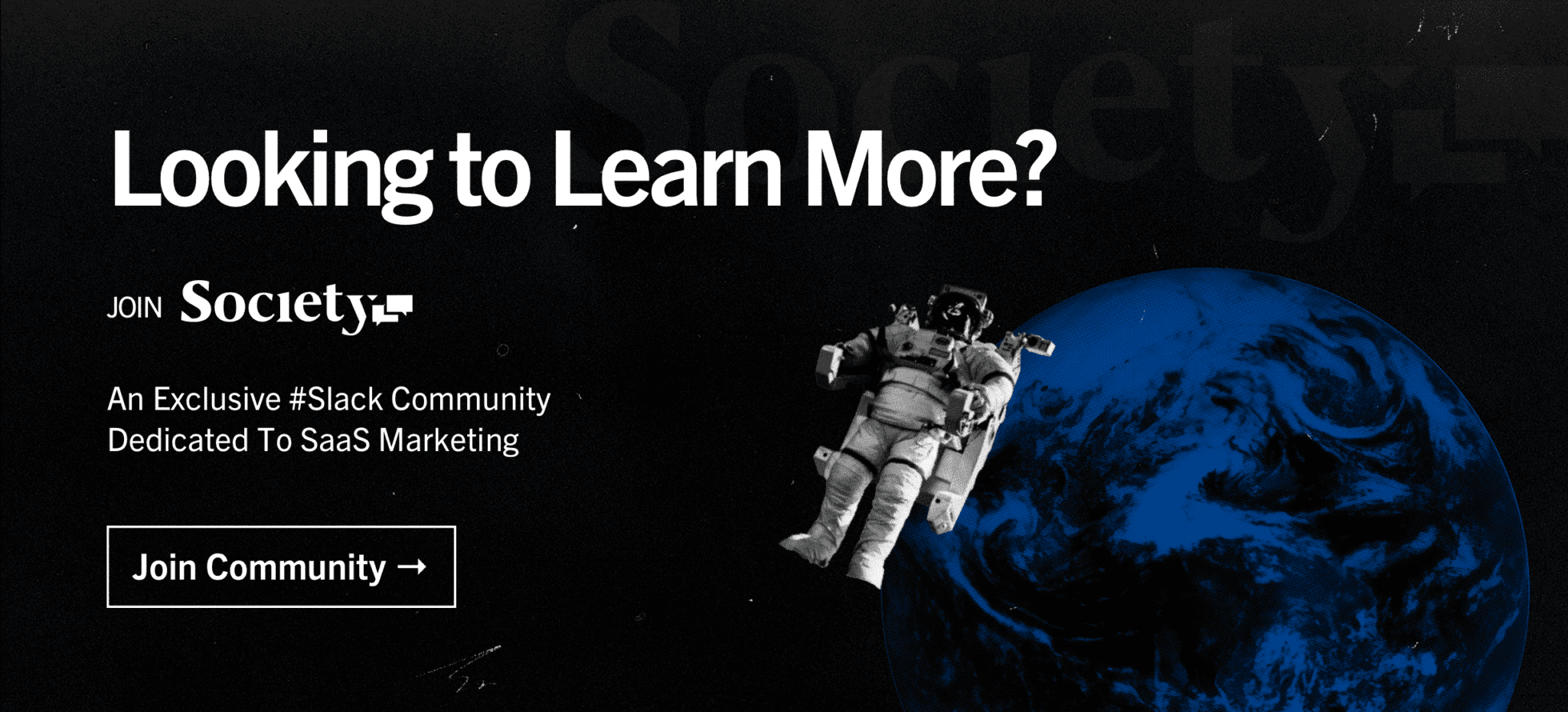What is a Buyer Persona?
A buyer persona is a research-based profile of a target customer for your B2B SaaS company.
Buyer personas include detailed information about your target customer’s background, demographics, personality, motivations, goals, challenges, and preferences.
Developing accurate buyer personas that describe your customers can help you develop targeted messaging that resonates with specific market segments and deliver a personalized buying experience that drives conversions.
SaaS products frequently support multiple use cases for different job roles and industries, so it’s normal for a company to construct several different buyer personas that describe different types of customers. You can start developing buyer personas by conducting interviews with current and future customers of your business.
What’s Included in a Buyer Persona?
Buyer personas can and should contain any information you have identified as important to understanding each customer segment in your total addressable market.
As a starting point, a B2B SaaS buyer persona usually covers the following six categories:
Demographics
Demographic information generally includes variables like age, race, gender, education and income level, industry.
Job Role
When understanding your buyer’s job role, it’s important to dig deeper than the job title to really understand their responsibilities and priorities.
Learning how your buyers spend their time, who they report to, and how their success is measured can tell you exactly how to position the products and services you provide.
Personality and Psychographics
The better you understand your buyer’s personality, the better you’ll be able to target them with personalized messaging that truly resonates. A useful starting point is to identify characteristic attitudes, values, beliefs, and fears for each of your buyer segments.
B2B SaaS companies can also use tools like the Myers-Briggs Personality Test and the Five-Factor Personality Model to better understand their customers.
Goals/Motivations
Understanding the goals and motivations that are driving prospects into your sales funnel is a critical aspect of effectively marketing and selling your product. Understanding the outcomes that a buyer wants can tell you exactly how to position your product to maximize the perceived value.
Challenges
This part of your buyer persona should identify your buyer’s most significant challenges in their job role that can be solved by your product.
Preferences
Buyer personas are a great place to take note of common preferences that you identify within a particular customer segment. Consider factors like:
- How does this buyer segment prefer to communicate?
- What’s the best way to reach them? The best time?
- How do they make purchasing decisions?
- Which social media platforms do they like to use?
Once you have created a buyer persona that covers all six categories for each customer segment in your total addressable market, you’ll be able to create targeted content and messaging for each segment that appeals to their challenges, goals, and motivations.
As a result, your marketing should resonate more strongly with your target audience, leading to increased SQL generation and revenue growth.
Buyer Persona vs Ideal Customer Profile (ICP) - What’s the Difference?
An ideal customer profile (ICP) is a data-backed description of your company’s hypothetical ideal customer, focusing on firmographic characteristics, pain points, and solution-readiness factors. Creating an ICP helps you identify which B2B customers can bring the most value to your business and understand the characteristics those firms share.
Buyer personas and ICPs do share some similarities, but it’s important for B2B SaaS marketers to understand the differences between them.
Buyer personas and ICPs both involve creating descriptive profiles of prospective customers, but while ICPs focus on the characteristics of the target firm, buyer personas focus on the characteristics of the purchaser as an individual.
Your ideal customer profile helps you decide which firms your business should target, while your buyer personas help you understand and communicate value to the stakeholders you’ll encounter within those firms.
Why are Buyer Personas Important?
Creating buyer personas helps you create customized content, tailored messaging, and personalized marketing experiences for different segments of your total addressable market (TAM).
This is especially useful if your product has a diverse TAM with lots of different buyer personas. Rather than putting out generic messaging that broadly targets your entire target market, you can create customized content marketing plays and paid advertisements that appeal to specific customer segments. As a result, you’ll see accelerated SQL generation, increased LTV, and revenue growth for your business.
2 Strategies for Developing Buyer Personas
The most effective buyer personas are constructed using a mix of market research and business insights you develop through the experience of running your business.
Market Research is the process of gathering information about each customer segment in your target market through surveys, interviews, focus groups, and customer observation. Interviewing both current and prospective customers is a great way to understand your buyers and start constructing buyer personas.
Business Insights often emerge organically from interactions between customers, prospects, and your sales/marketing team. For example, your sales team often learns about a customer segment’s general purchasing preferences or preferred communication style in the course of doing business. These details can be added to buyer personas to help sales and marketing teams further optimize the B2B sales cycle.
Accurate Buyer Personas Drive Personalized Customer Experiences
Constructing research-based buyer personas for your most important customer segments helps you personalize the customer experience and deliver targeted messaging that appeals to each segment of your total addressable market.
As part of our Customer Generation methodology, Directive leverages 1st-party data to map the total addressable market, build account lists by customer segment/buyer persona, and aggressively scale spend for our B2B SaaS clients. Building targeted campaigns for each defined buyer persona in your TAM is a proven strategy for accelerating SaaS revenue.
Want to learn more?
Book an intro call with a member of our team to discover how we’re using 1st-party data to unlock customer generation at scale for our B2B SaaS clients.
Or Join Society and gain access to exclusive content and free expert advice from our community of SaaS marketing professionals.
